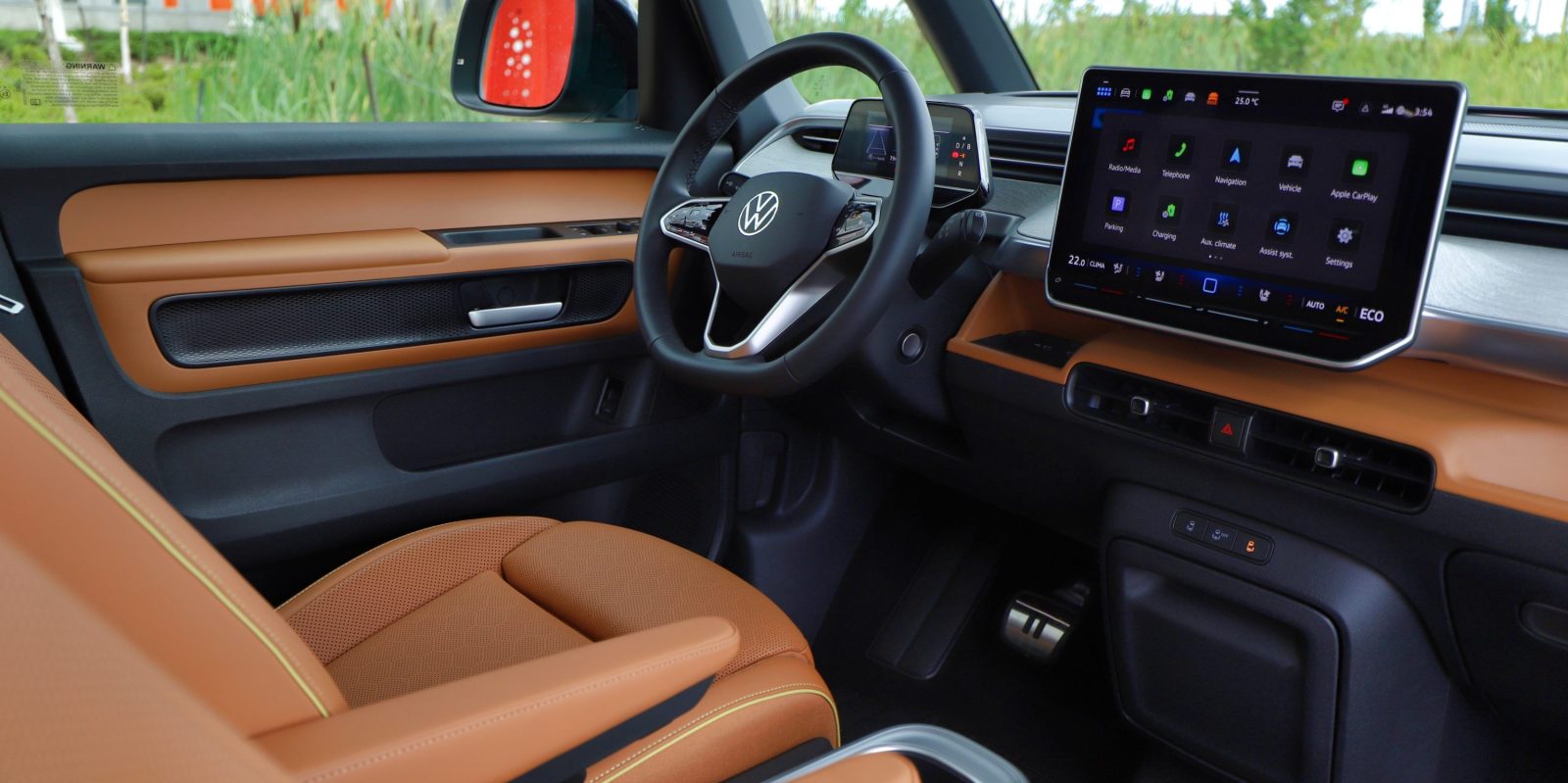
VW has announced its pricing, range and color options for the upcoming ID.Buzz, with 3 interior and 11 exterior colors available when it hits the road later this year.
The ID.Buzz has been a long time coming, with a concept first unveiled in 2017. It’s already on the road in Europe, but North America has been waiting for its own three-row since it was unveiled last June.
But we never knew for sure how much it would cost. The European version starts in the ~$65-75k range (depending on country, and EU prices generally include taxes), and the US version is even bigger, so we worried the price might be even higher.
Today we’re learning that the ID.Buzz will start at $59,995 base for the “Pro S” tier, a bit of a relief compared to what we might have expected. The Pro S only comes in rear-wheel drive, and comes with a second-row bench seat with room for seven passengers.
A Pro S Plus tier starts at $63,495 (or $67,995 for AWD) and the launch-only “1st Edition” will start at $65,495 for RWD or $69,995 for AWD.
Rear-wheel drive models have 234 miles of EPA range, and all-wheel drive models are slightly less efficient at 231 EPA miles. AWD models come in six-seat configurations, swapping the 2nd row bench seat for two captain’s chairs instead. You can get captain’s chairs on the Pro S Plus RWD for an additional $695.
The ID.Buzz will have three available interiors: Dune, Copper and Moonlight. Dune won’t be available on the base Pro S, only the upgraded trims.
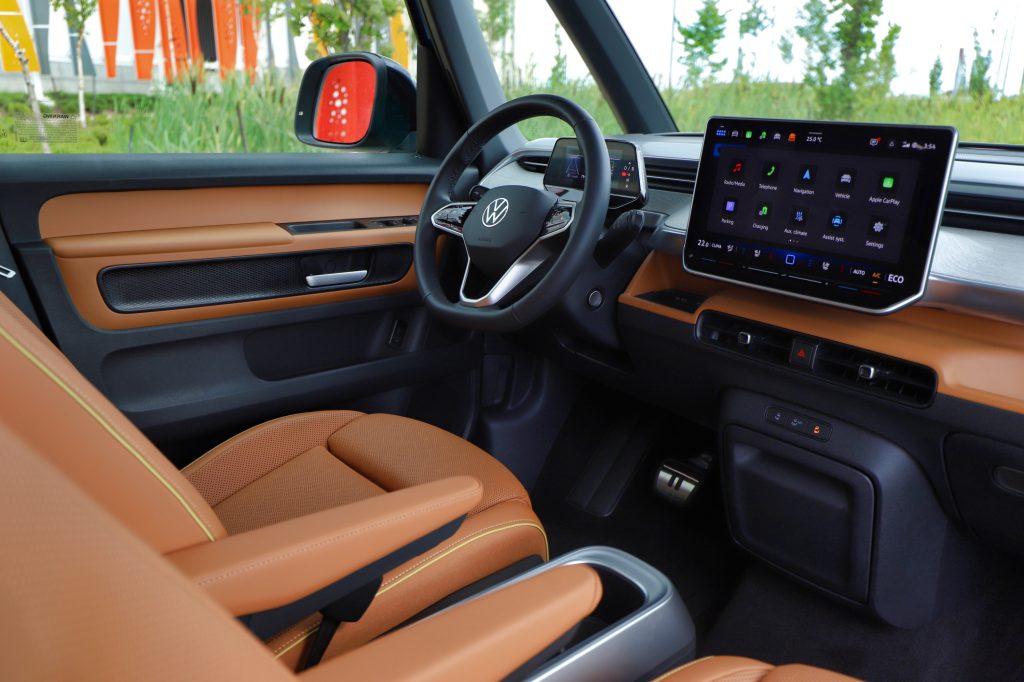


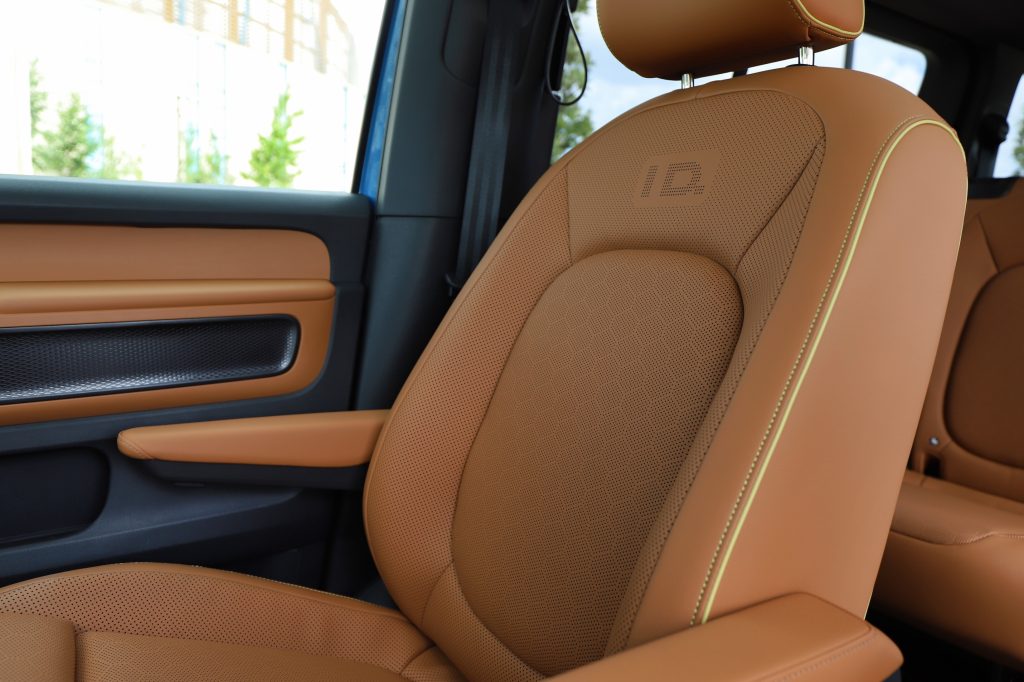
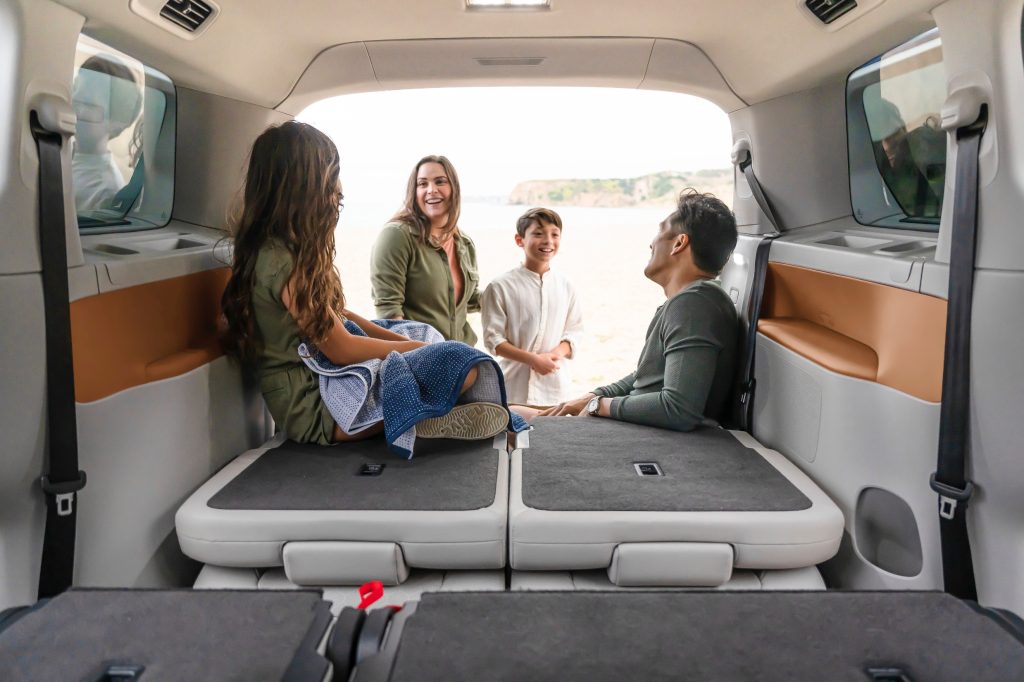
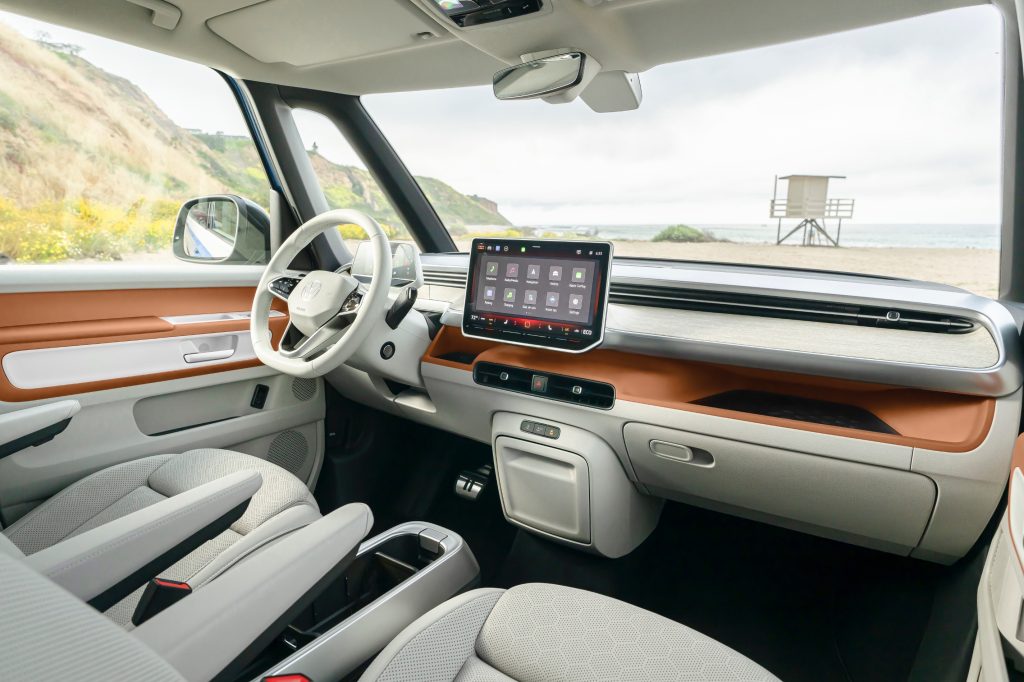
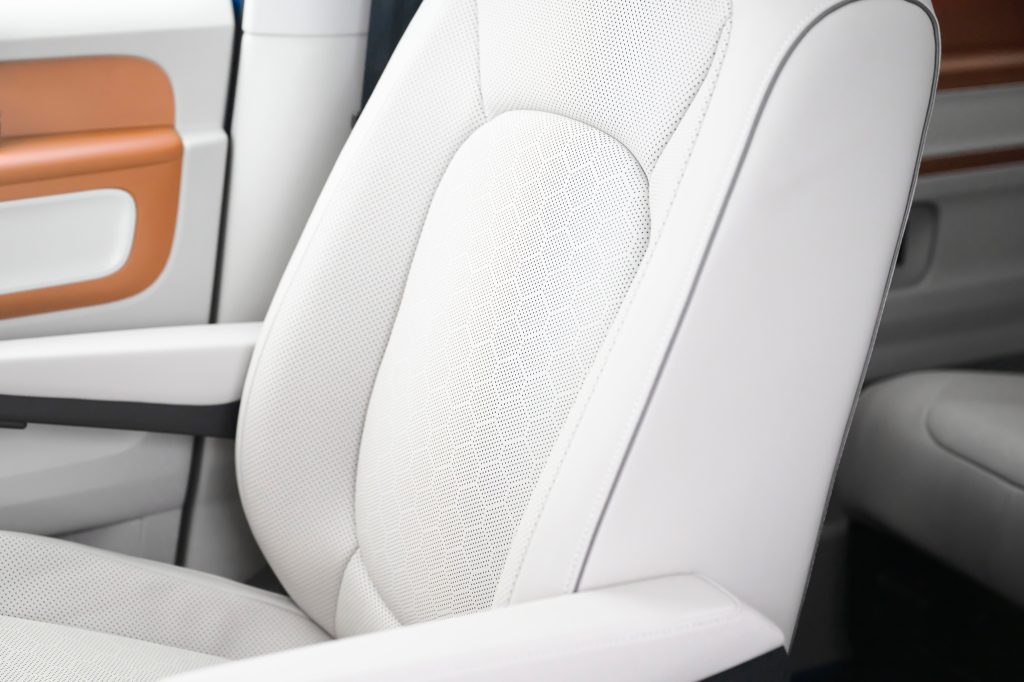
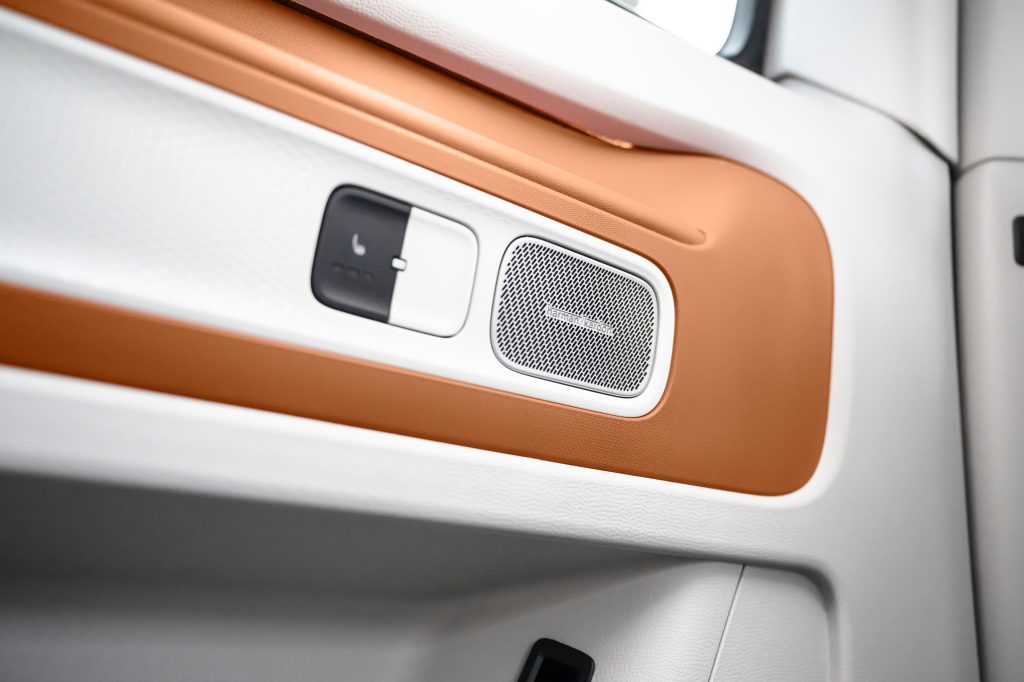
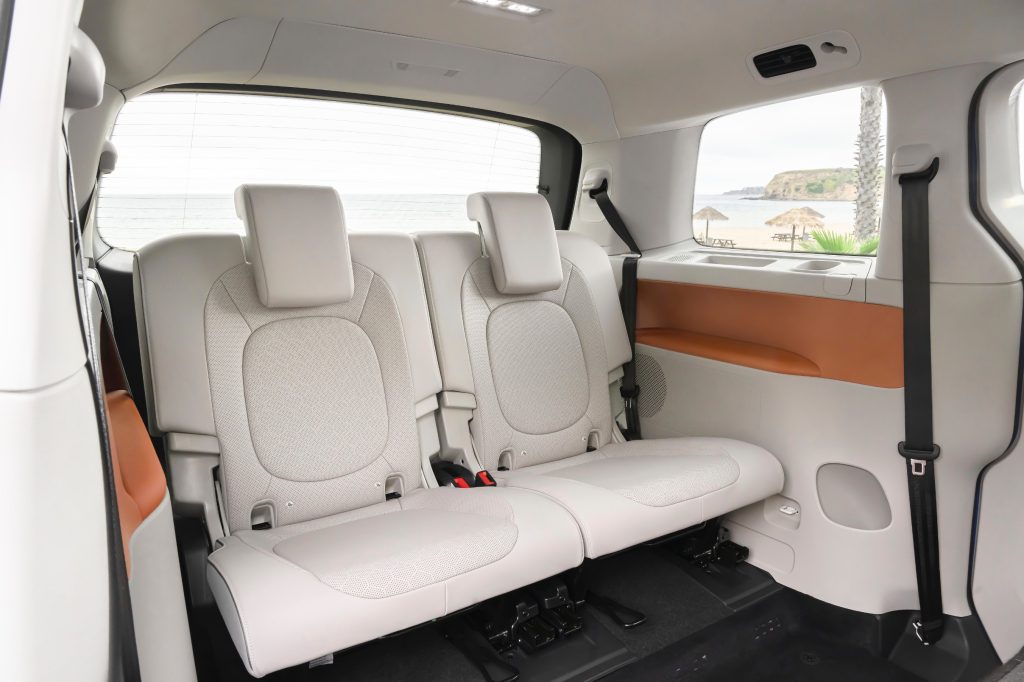
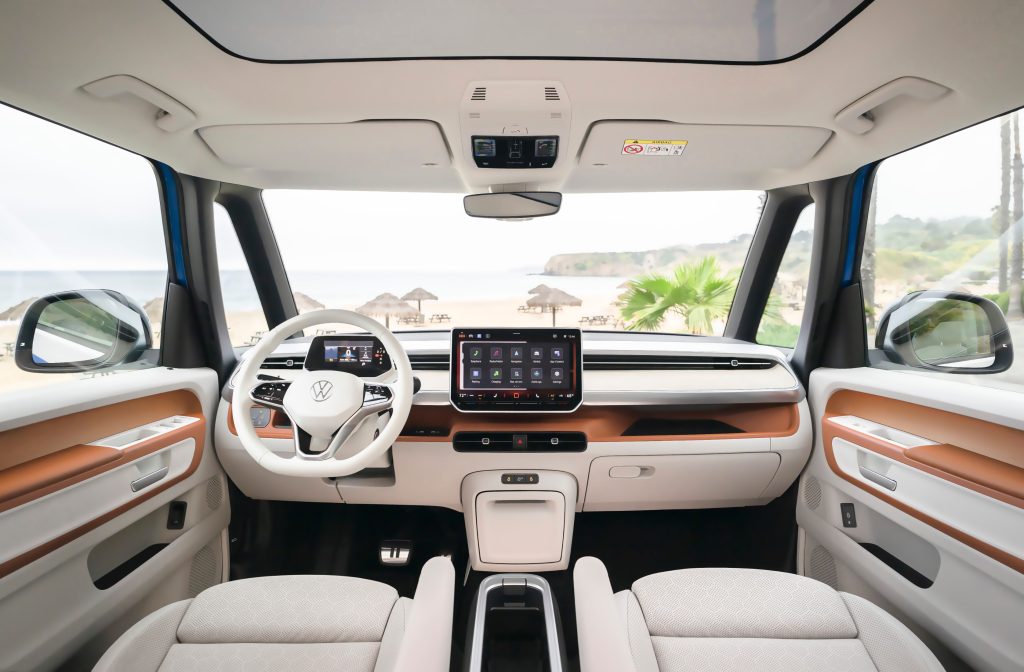
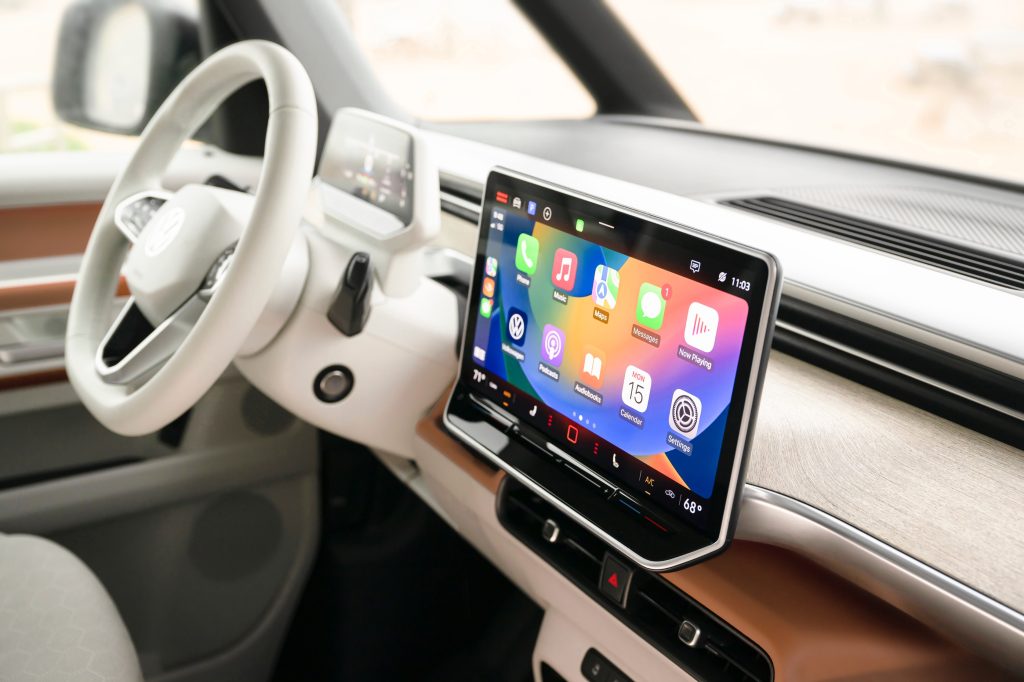
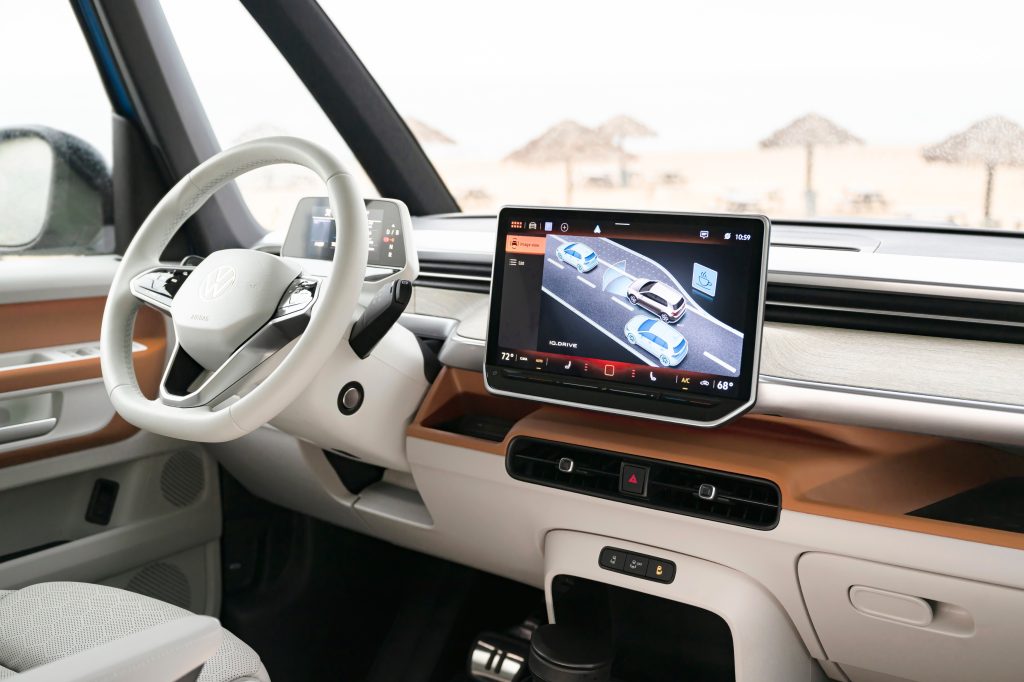
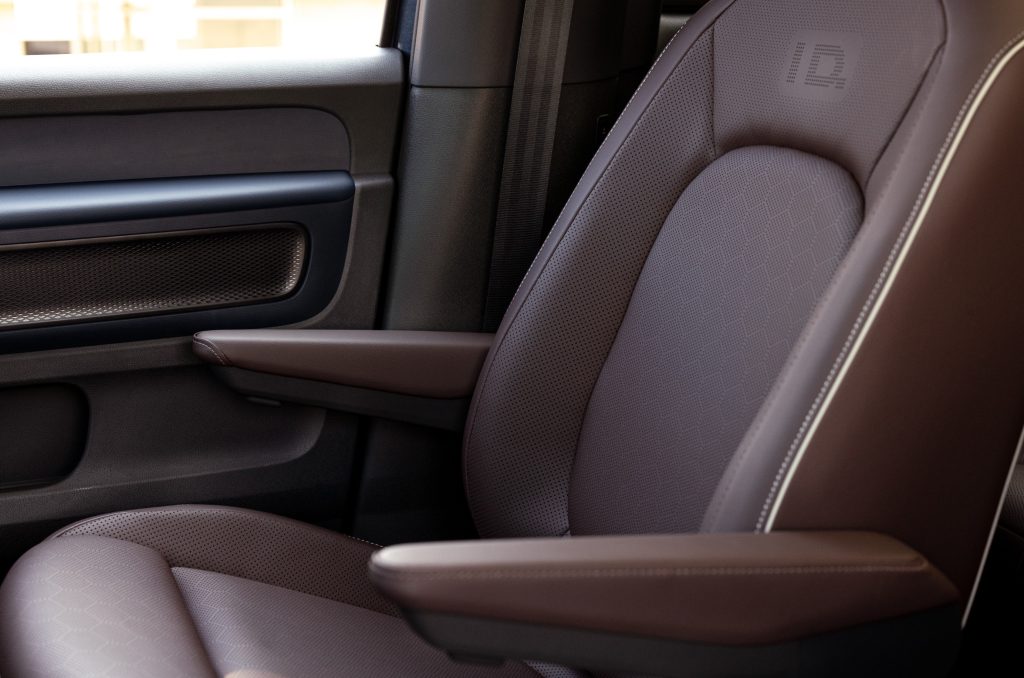
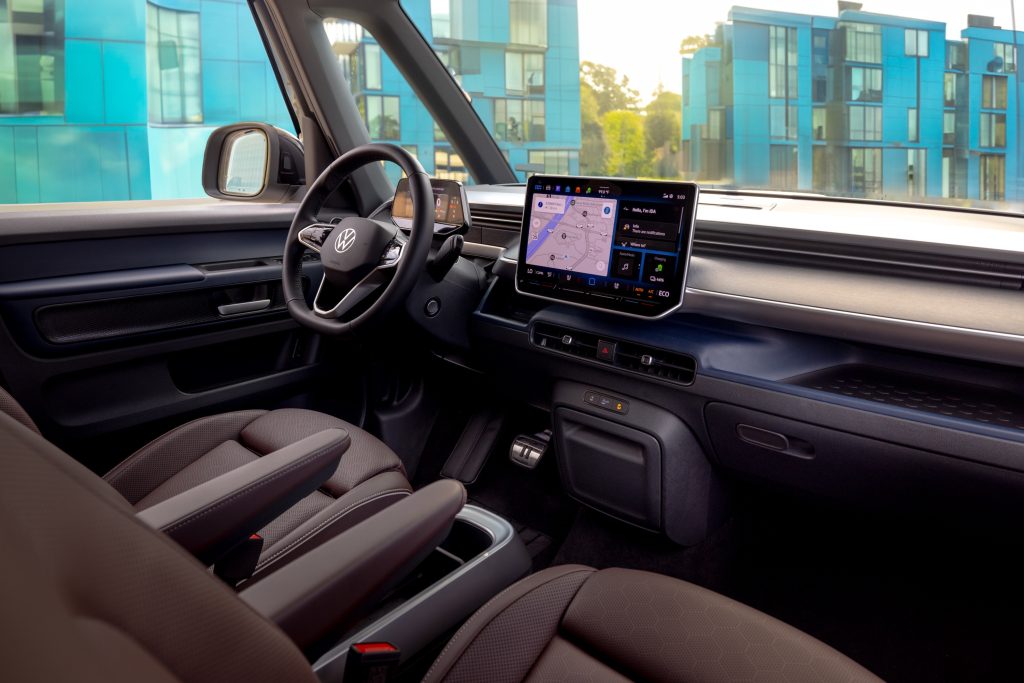
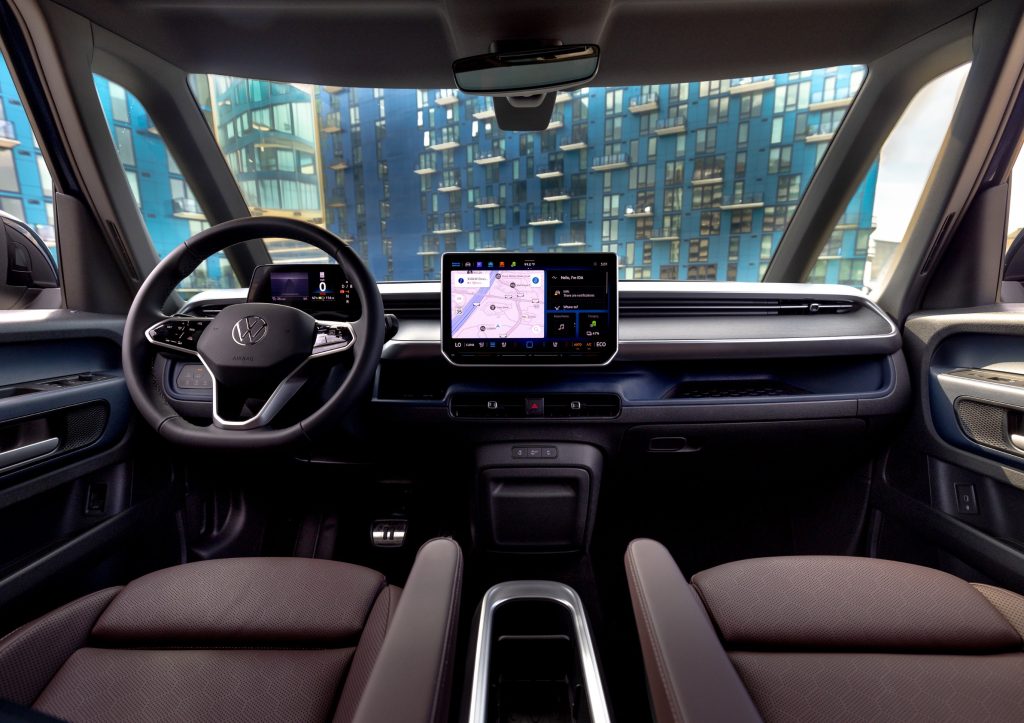
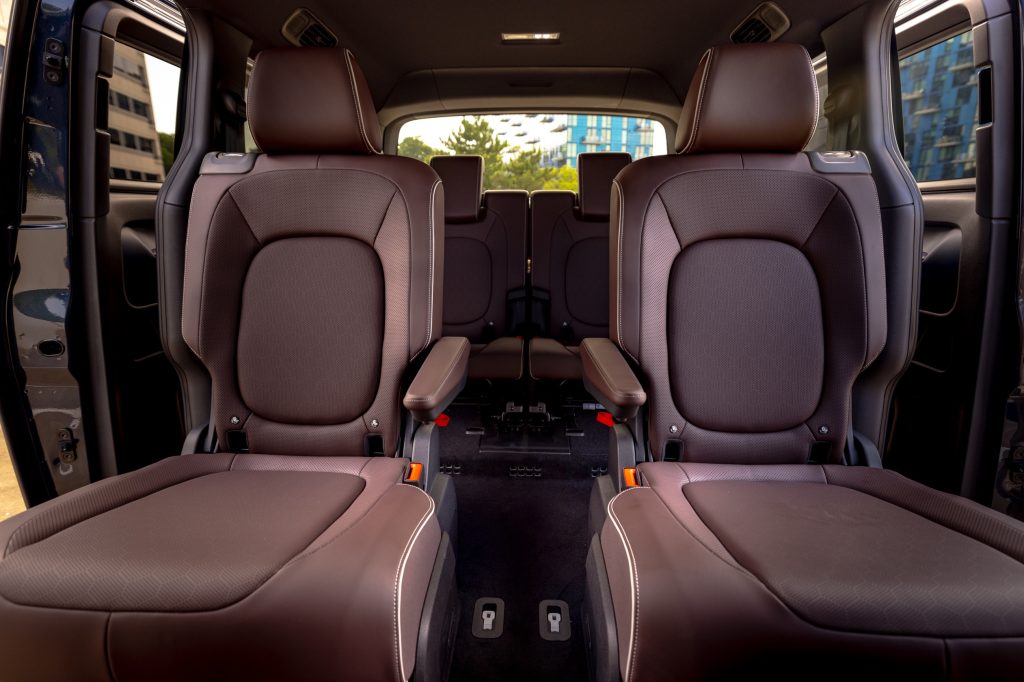
The 11 exterior colors are split up into 3 monochrome single-tone colors and 8 two-tone colors. The two-tone colors are only available on upgraded trims, whereas the base Pro S trim will only have access to the three single-tone exteriors.
Two-tone colors cost an additional $995 on the Pro S Plus model, or are included on the 1st Edition models, though that model is limited to blue, orange, green, silver, and yellow exteriors.
Pro S Plus can also add a panoramic “smart glass” roof for $1,495, which is electrochromic and can turn opaque to help keep the sun off of you. 1st Edition includes this glass roof standard.
A list of other options included with the various trims, and samples of the exterior colors, can be seen below:

One last point on price: none of the ID.Buzz trims will qualify for the $7,500 US federal EV tax credit due to being assembled outside the US. However, VW will likely offer lease incentives, as other companies have done, since that allows them to bypass many of the restrictions of the credit. We don’t have the details of those yet, but stay tuned when the Buzz does finally hit the road, which should happen in October/November.
Electrek’s Take
When I was young, my family had a VW Vanagon Westfalia camper, so the VW bus has special significance to me. My family went on a lot of adventures in that bus, and for all its quirks, it was an awesome vehicle.
So I’m quite excited about the ID.Buzz, and have long thought this would make the perfect platform for electrification.
When I saw the original concept, I loved the cool retro style it had, calling back to that fun old bus I grew up with.
That said, I’m slightly let down by the real thing. It’s a little less quirky, a little more van-like, than the original concept – which was already a little less quirky than the old VW microbuses were to begin with. There are a lot of reasons for this, including new pedestrian and occupant safety standards that make the old VW bus’s minuscule overhangs untenable in this day and age, but I still do miss it.
So, the final version of the ID.Buzz is a lot more van-like, and a lot less quirky (though the two-tone paint option does offer a big visual improvement, in my opinion). But “normal” might not be such a bad thing.
There aren’t a lot of electric vans out there, with the $52k Pacifica Hybrid being the only other one with a plug at the moment. However, it’s just a 32-mile plug-in hybrid, whereas the Buzz is the first electric minivan you can buy in the US.
So despite missing out on some of the quirkiness, the Buzz has a market all to itself at the moment. There are some other electric vans, like the Ford E-Transit and Mercedes eSprinter, but those are more commercial-focused (VW does have a cargo version of the Buzz in the EU, but it’s not coming to the US).
And the Buzz is selling well in the EU, with VW planning to increase production dramatically to meet US demand. So it sees a large untapped market and expects to grab hold on it quickly. So despite my personal misgivings, maybe something a little more normal will slot well into a market that wants any electric van.
And while the price isn’t exactly low, it’s lower than we expected, and there are certainly plenty of higher-end minivans that price out around that level. Coupled with potential state or local incentives and a possible lease discount once VW gets leases up and running, the Buzz could end up at a quite competitive price compared to the competition.
And besides, we might still get to salvage some of that quirkiness, either through a $3,400 add-on mattress/stove/storage kit or a full-on campervan conversion. There’s certainly no lack of creativity among VW Bus lovers (as we saw at the three-row unveiling & classic VW meetup), so we’re interested to see what people end up doing with this new platform.
Charge your electric vehicle at home using rooftop solar panels. Find a reliable and competitively priced solar installer near you on EnergySage, for free. They have pre-vetted installers competing for your business, ensuring high-quality solutions and 20-30% savings. It’s free, with no sales calls until you choose an installer. Compare personalized solar quotes online and receive guidance from unbiased Energy Advisers. Get started here. – ad*
